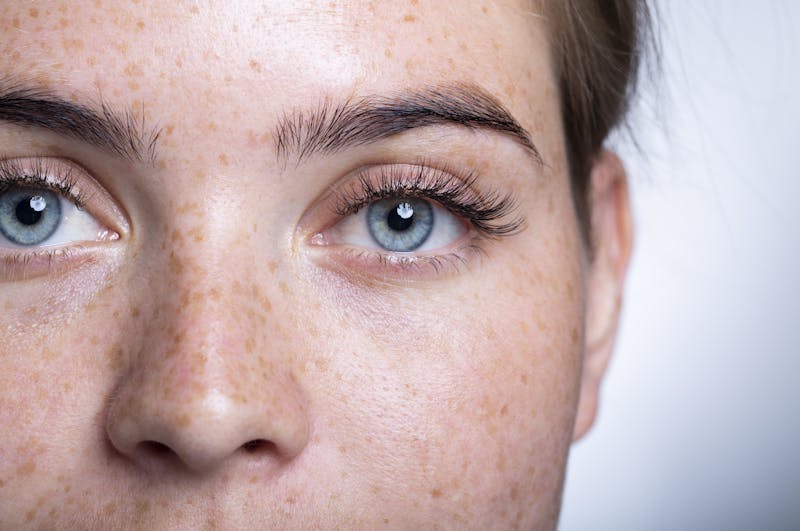
When we think of cataracts, we often associate them with aging and older adults. However, cataracts can also develop in younger adults, even though it is less common. Cataracts occur when the eye's natural lens becomes clouded, leading to blurry vision and other vision problems. Understanding the causes, symptoms, and treatment options for cataracts in younger adults is crucial for early detection and management.
Causes of Cataracts in Younger Adults
While age-related cataracts are more common, several factors can contribute to cataract development in younger individuals:
- Genetics and Congenital Factors: Some people are born with cataracts or develop them early in life due to genetic predispositions. These congenital cataracts may not always be detected immediately but can progress over time, affecting vision as a person ages.
- Trauma to the Eye: A physical injury to the eye, whether from sports, accidents, or other activities, can lead to cataract formation. Traumatic cataracts can occur immediately after an injury or develop years later due to eye lens damage.
- Medical Conditions: Certain medical conditions, such as diabetes, increase the risk of developing cataracts at a younger age. In diabetic patients, high blood sugar levels can cause changes in the lens that result in clouding and vision problems.
- Medications: Prolonged use of certain medications, particularly corticosteroids, can contribute to early cataract formation. These drugs can have an impact on the lens over time, causing it to become opaque and impair vision.
- Radiation Exposure: Exposure to radiation, whether from medical treatments such as cancer therapy or environmental sources, can also lead to cataracts in younger adults. The radiation damages the lens, accelerating the clouding process.
- Lifestyle Factors: Smoking and excessive alcohol consumption have both been linked to an increased risk of cataracts. These habits can accelerate the oxidative stress on the lens, leading to early clouding and vision impairment.
Symptoms of Cataracts in Younger Adults
The symptoms of cataracts are similar across all age groups. Still, younger adults may not always attribute these symptoms to cataracts because they assume it’s an older adult condition. Some of the key symptoms include:
- Blurry or clouded vision: A common symptom, as the cataract clouds the lens and makes it harder to see clearly.
- Increased sensitivity to light: Cataracts can cause glare or halos around lights, making driving difficult at night or in bright conditions.
- Faded or yellowed colors: The clouding of the lens can affect color perception, making objects appear less vibrant.
- Double vision in one eye: Some individuals may experience double vision as the cataract progresses.
Treatment Options for Cataracts in Younger Adults
Cataracts in younger adults can be effectively managed and treated if diagnosed early to restore clear vision. Treatment options typically include:
- Eyeglasses or Contact Lenses: In the early stages, stronger eyeglasses or contact lenses may help compensate for the vision loss caused by cataracts. However, this is usually a temporary solution.
- Cataract Surgery: The most effective treatment for cataracts is surgical removal of the clouded lens and implantation of an artificial intraocular lens (IOL). Cataract surgery is a common and safe procedure with a high success rate in restoring clear vision. Younger adults often recover quickly from the surgery and enjoy improved vision for many years to come.
- Lifestyle Changes: Quitting smoking, reducing alcohol intake, and managing underlying conditions like diabetes can slow the progression of cataracts and improve overall eye health.
Cataracts are not just an issue for the elderly—many younger adults face this condition due to factors like genetics, trauma, or medical conditions. Recognizing the early signs of cataracts and seeking treatment can prevent significant vision loss. Coastal Eye offers comprehensive care and treatment for cataracts, including advanced surgical options tailored to each patient's needs. If you're experiencing any of the symptoms mentioned, contact us today to schedule a consultation and take the first step toward clearer vision.


